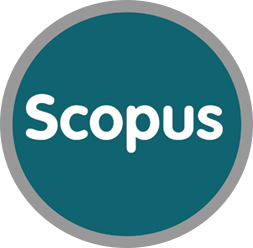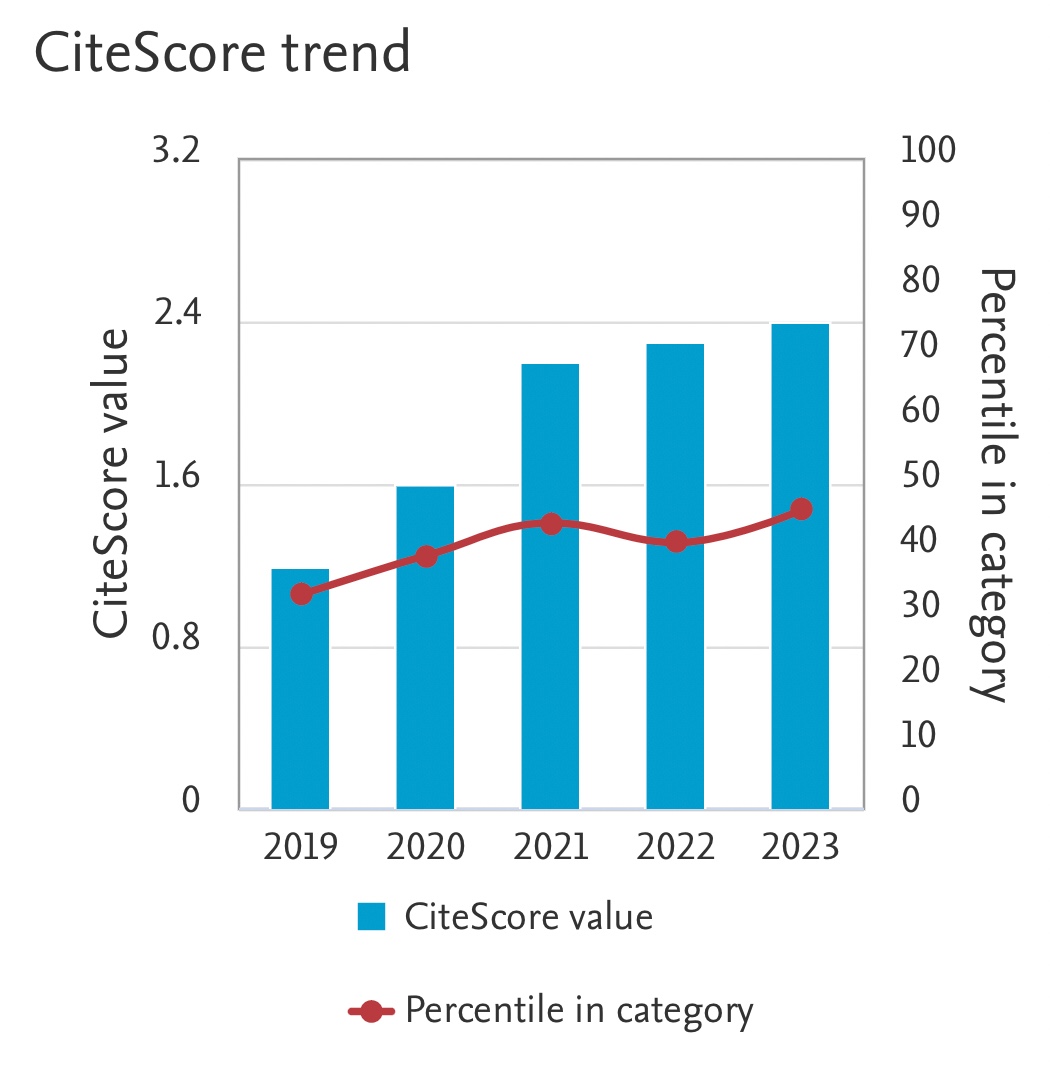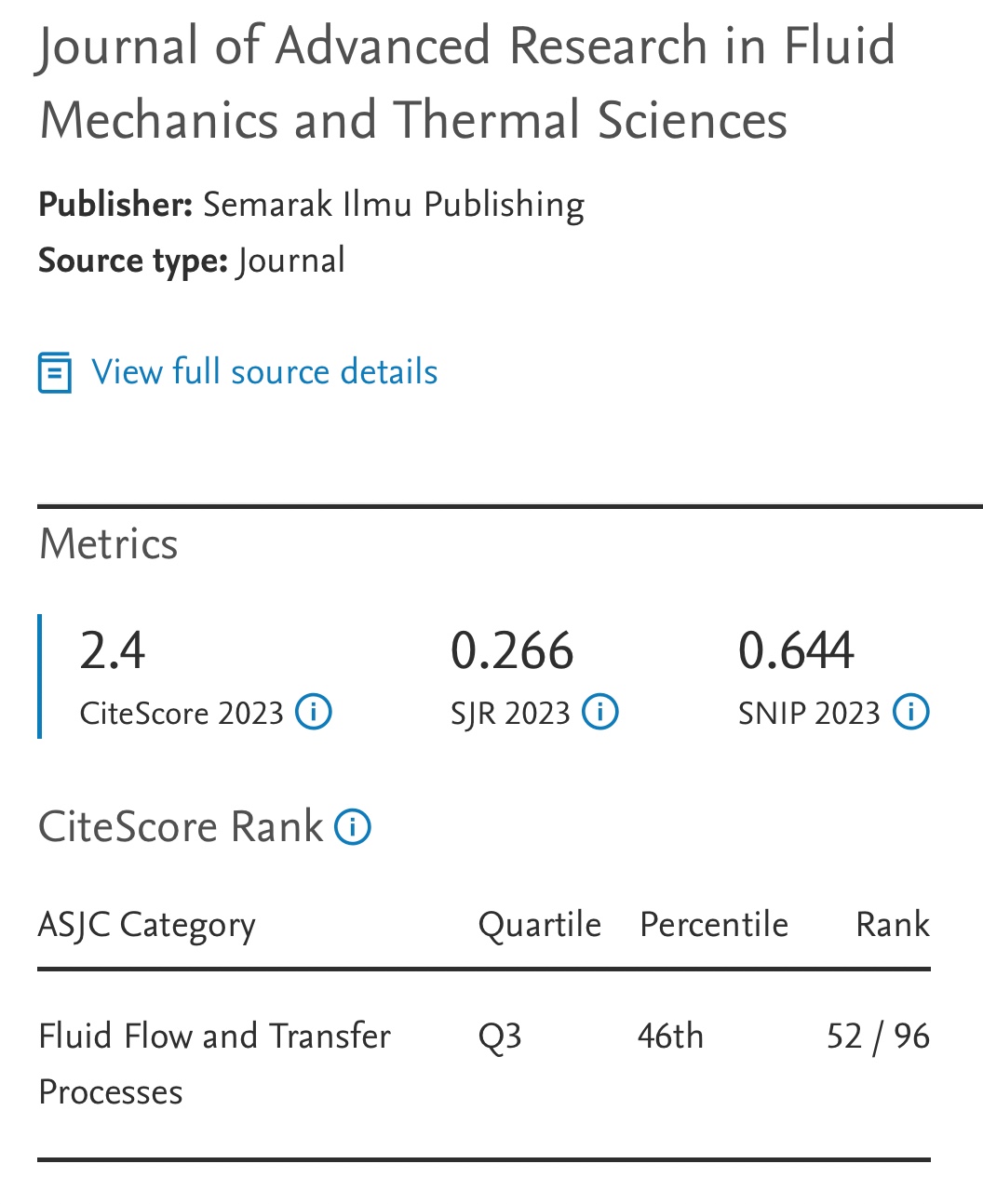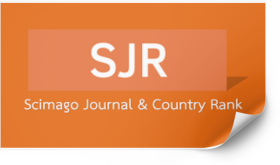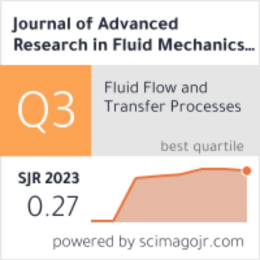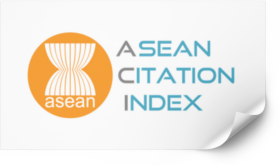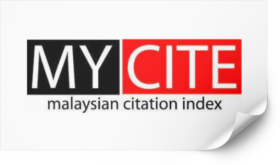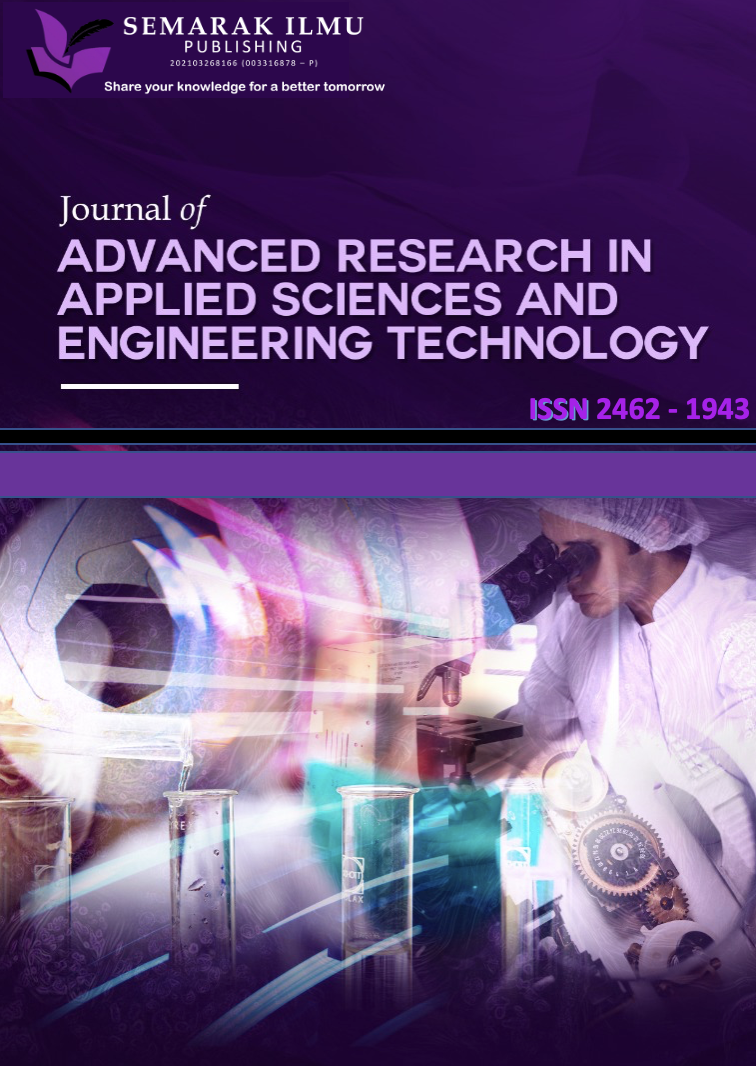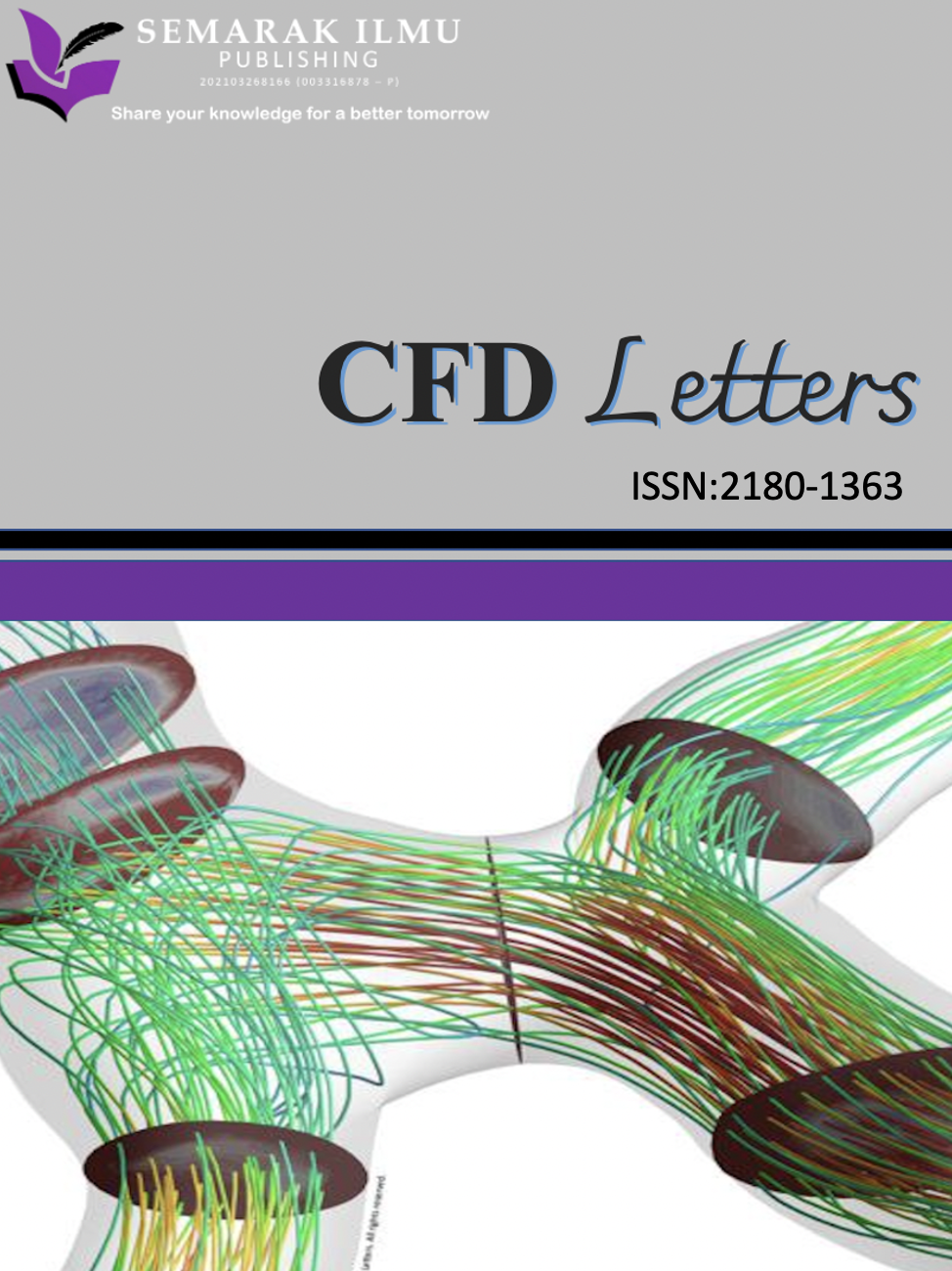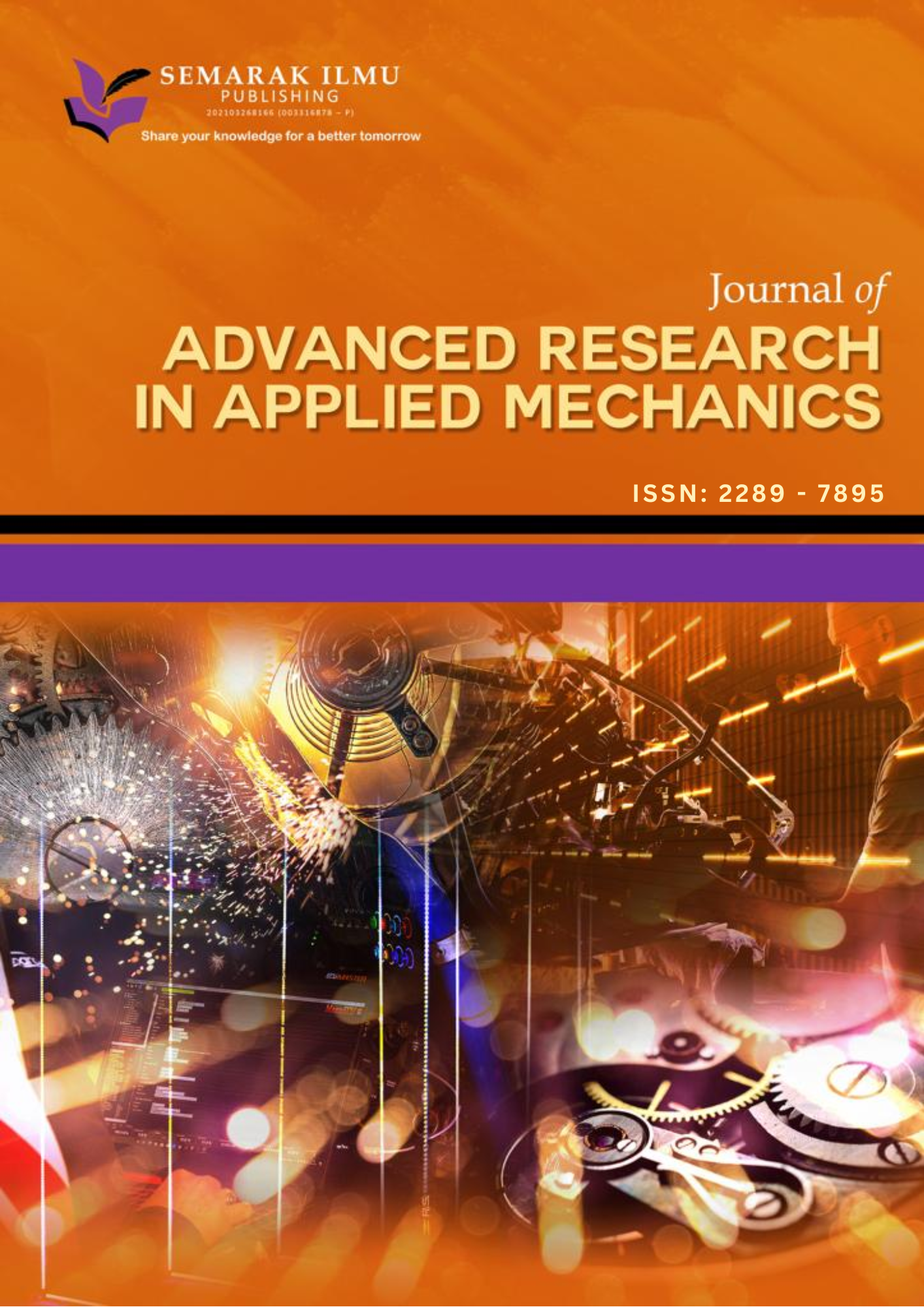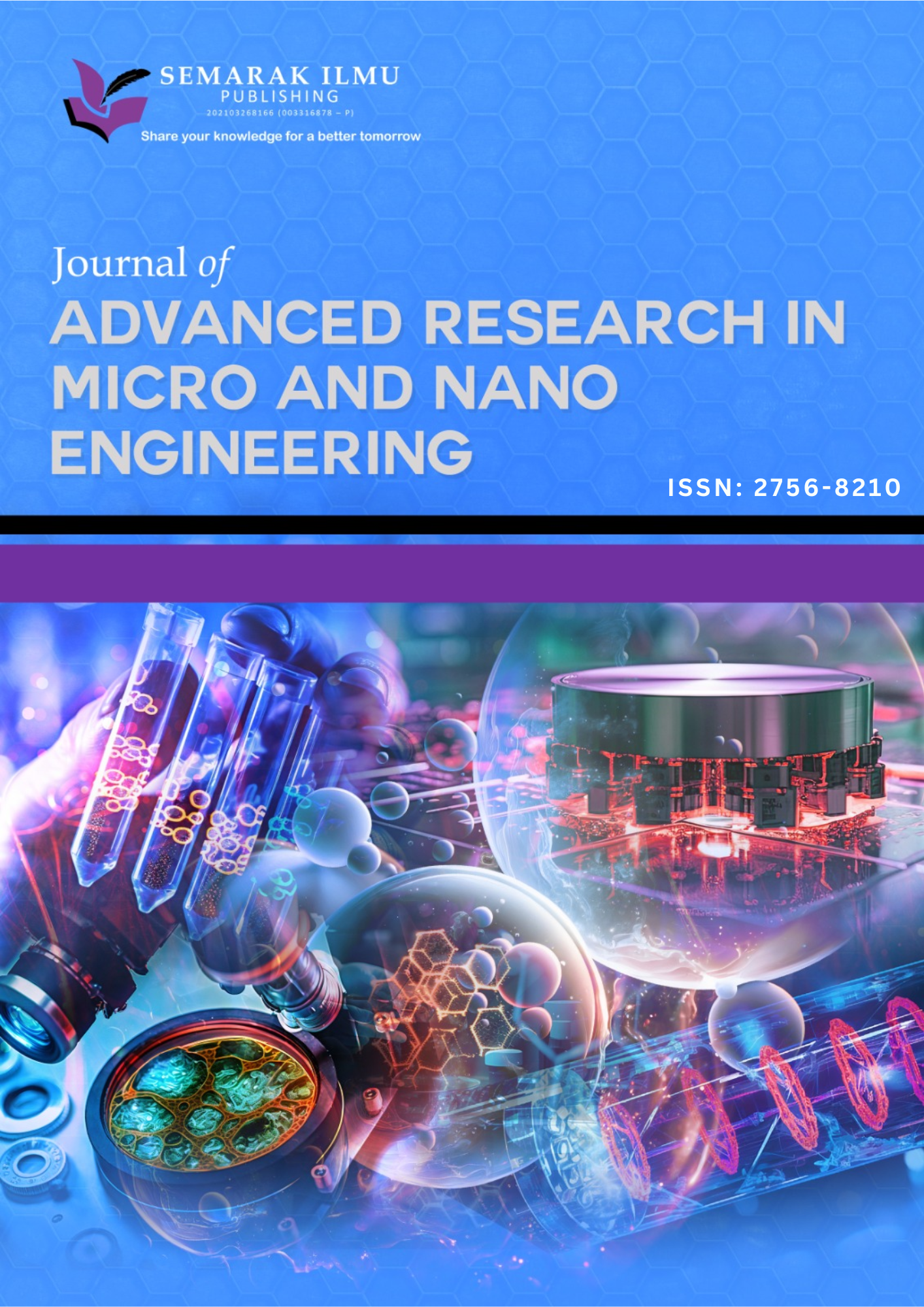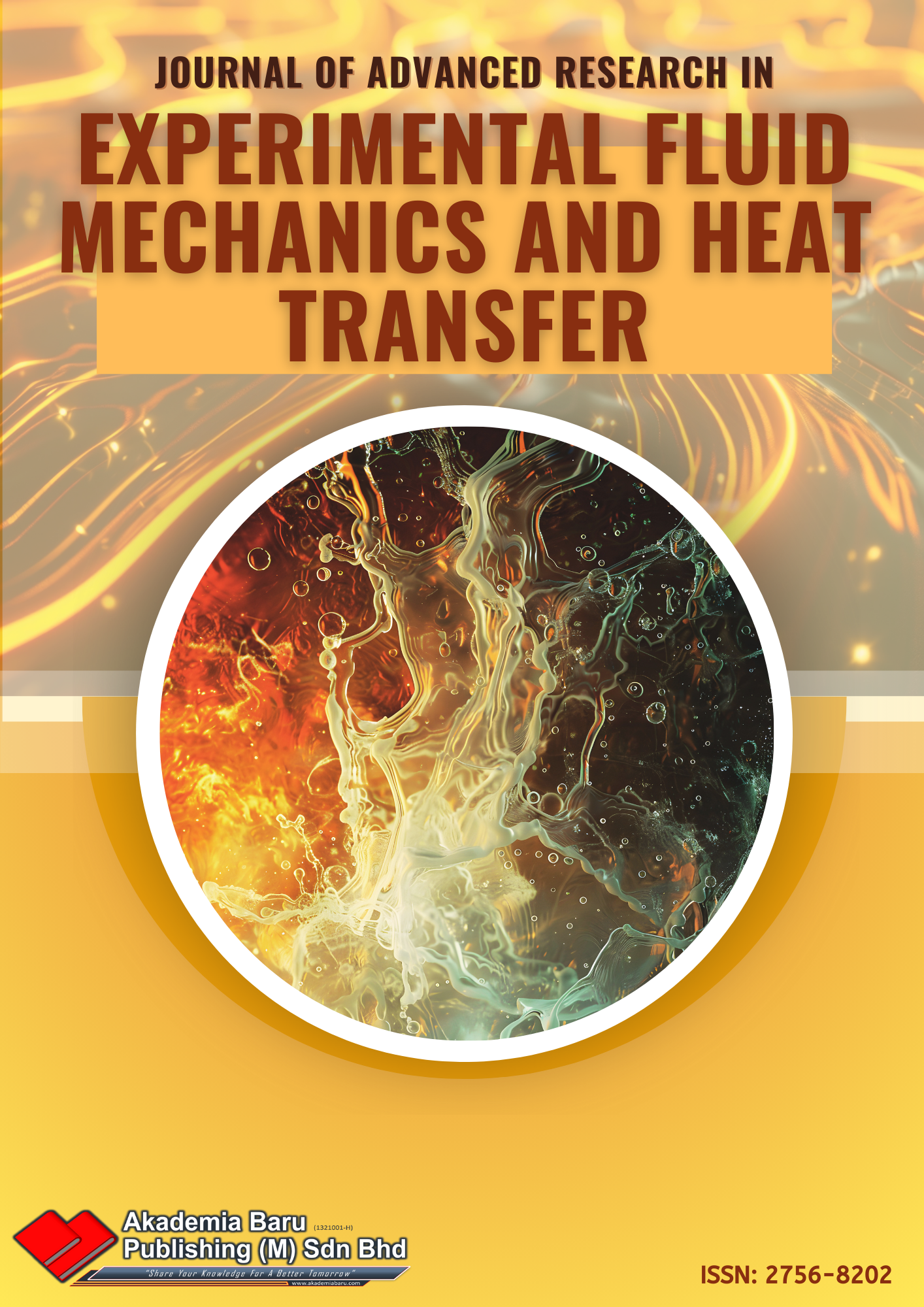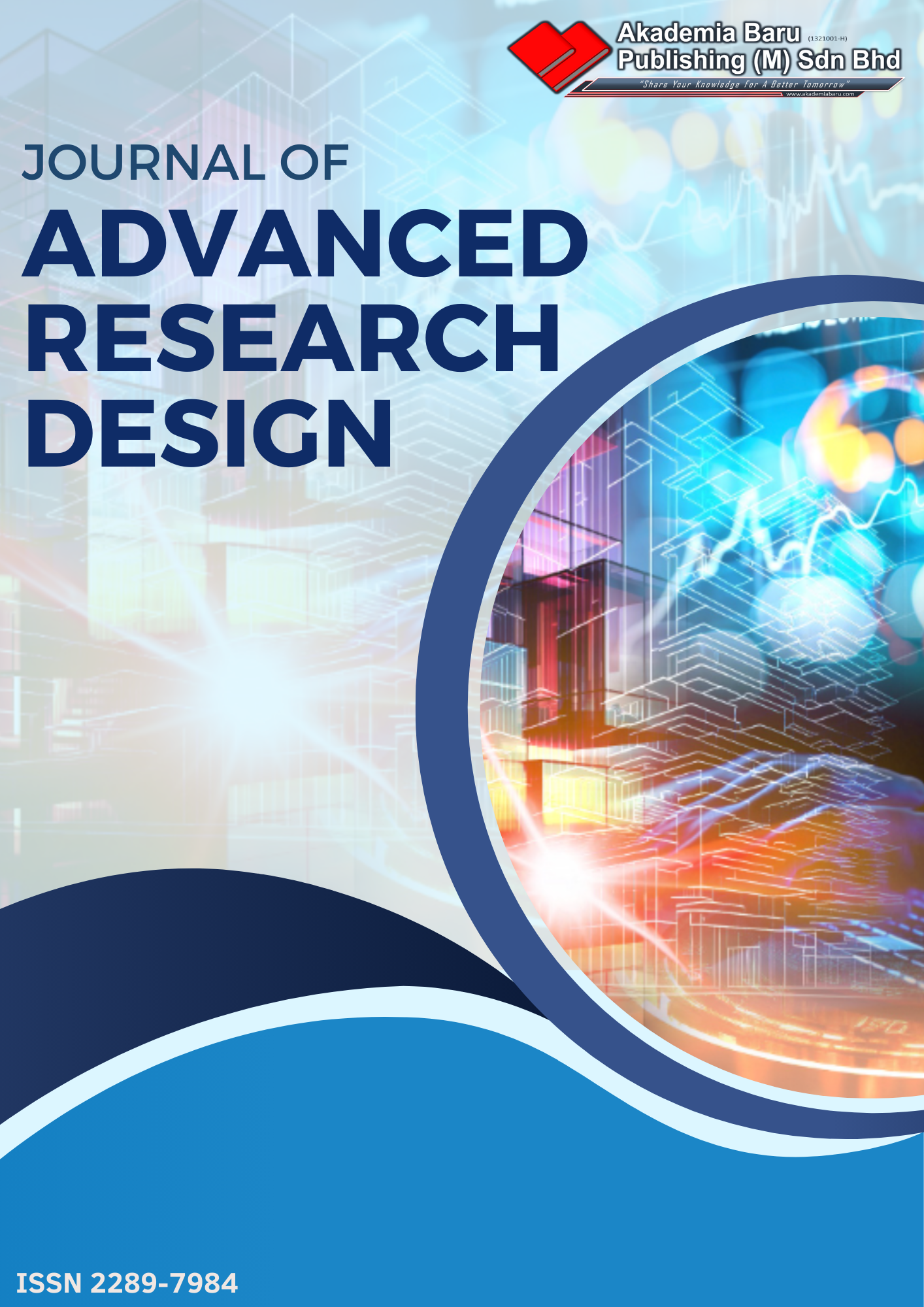Hybrid Nanofluids in a Permeable Shrinking Surface with Power Law Heat Flux: Heat Source and Joule Heating Effect
DOI:
https://doi.org/10.37934/arfmts.127.2.162174Keywords:
Joule heating, heat source, heat flux, hybrid nanofluid, shrinking surfaceAbstract
A heat source is frequently employed in the synthesis of new materials, the cooling of electronic devices, and the production of paper. Meanwhile, Joule heating is the process by which electrical energy is converted into thermal energy as a result of resistive losses, causing the generation of heat. This phenomenon is frequently employed in the development of electrical and electronic devices. This study attempts to emphasise these two parameters' impact on the Al2O3-Cu/H2O hybrid nanofluid as it passes through a shrinking sheet with a power law heat flux. This problem utilized the bvp4c to solve boundary value problems related to systems of ordinary differential equations. The study reveals that the flow progress is unaffected by both the Joule heating and the heat source parameters. Moreover, the results have conclusively proven that the presence of these two physical parameters slightly underperforms the efficiency of heat transfer in the hybrid nanofluid. At the same time, the boundary layer separation is not significantly impacted. As a result of the increased heat production in the flow system, it is remarked that the addition of nanoparticle volume fraction results in poorer heat transfer performance than claimed.
Downloads









